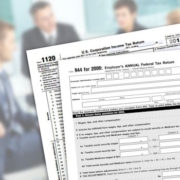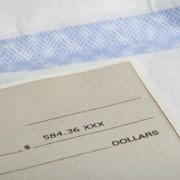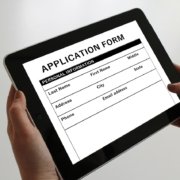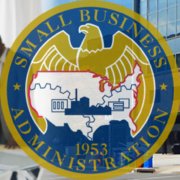UPDATE
You may have seen news reports that the Paycheck Protection Program funding has been exhausted. Per the SBA website, “The SBA is currently unable to accept new applications for the Paycheck Protection Program based on available appropriations funding.”
That is troubling news for many business owners who have not yet applied. However, this DOES NOT mean that if you haven’t received funding, you’re out of luck. It just means that the SBA has stopped receiving new applications. If you have already submitted, there is still a good chance that you will still be eligible to receive funding. Be patient, and check on the status of your application with your bank regularly.
There are also reports that talks and negotiations are currently underway regarding additional funding. Many lenders are still accepting applications with the expectation that if more funds become available, they will have everything ready for SBA submission. If you have not yet applied and your bank will accept your application, we encourage you to do so. In addition to applying with your own bank, it might not be a bad idea to submit to someone like Lendio, Divvy or Kabbage. They are working with many lenders and trying to get as many processed as possible.
Payroll Protection Program
One portion of the The Coronavirus Aid, Relief, and Economic Security Act (CARES Act) is the Paycheck Protection Program (“PPP”). Per the US Department of the Treasury, the Payroll Protection Program authorizes up to $349 billion in forgivable loans to small businesses to pay their employees during the COVID-19 crisis.
This is not traditional debt. It’s more like a grant. The loan amounts can be forgiven as long as specific criteria are met.
FAQ’s of the Payroll Protection Program
WHAT is it?
The PPP is designed to help businesses continue to pay their employees at the same level of income as before the pandemic and/or bring back employees who may have been laid off or furloughed. The intent of the program is that loan amounts will be forgiven as long as:
- The loan proceeds are used to cover payroll costs, and most mortgage interest, rent, and utility costs over the 8 week period after the loan is made; and
- Employee and compensation levels are maintained.
WHO is eligible to apply?
All businesses with 500 or fewer employees can apply – including nonprofits, veterans organizations, sole proprietorships, self-employed individuals, and independent contractors.
WHEN can I apply?
If you are a small business or sole proprietorship, existing SBA lenders will start accepting applications Friday, April 3, 2020. The start date is Friday, April 10th for independent contractors or self-employed individuals.
The deadline for applications is June 30, 2020. However there is no guarantee funds will still be available at that time. We encourage you to apply as quickly as possible.
Can you help me apply?
YES! We can help. However, the SBA has indicated that KuberneoCPA cannot apply for a loan on your behalf nor can we prepare your loan application. However, we CAN perform research and prepare documents that you will need to apply for the loan to make the process easier for you. And, we can also perform analysis and prepare the documents you will need to submit later to request loan forgiveness. (If you are interested in this service, click HERE.)
What else should I know?
- The maximum loan amount is 2.5 months of average payroll or $10 million (whichever is less)
- Payroll costs are capped at $100,000 on an annualized basis for each employee
- No personal guaranty is required
- There is no prepayment fee
- There is no SBA fee
- Payments will be deferred for 6 months
- Forgiven amounts will not be considered income to borrower and will not be taxable
What’s next?
Contact your banker now and ask if they will be accepting applications for the PPP loans. You can ONLY apply through an existing SBA lender or through a federally insured depository institution, federally insured credit union, and Farm Credit System institution.
Since MANY of these lenders are only going to accept applications from existing clients, it’s best to begin with your current bank. Each lender will determine specifically what documents they will require, so the sooner you can start the process, the better.



 Kuberneo CPA
Kuberneo CPA





